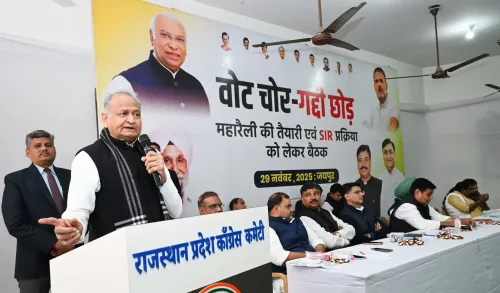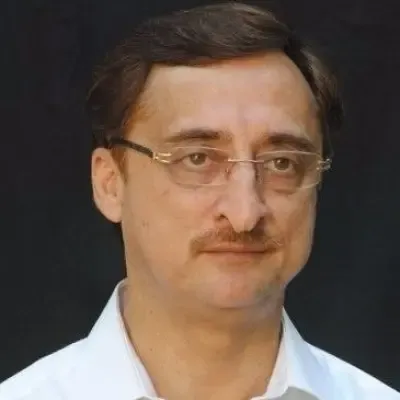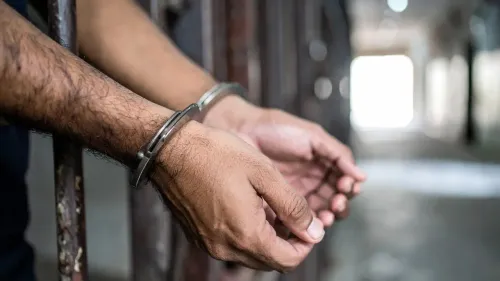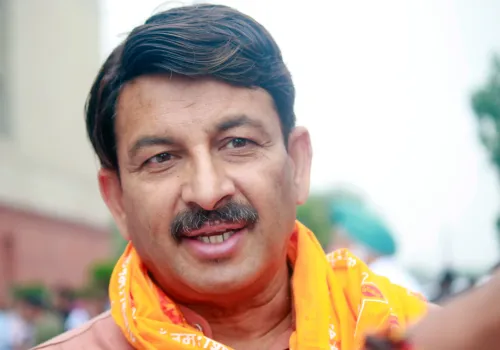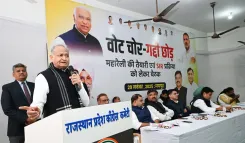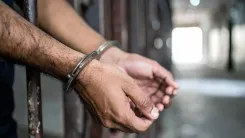What Happened in the Dharmasthala Mass Graves Case?
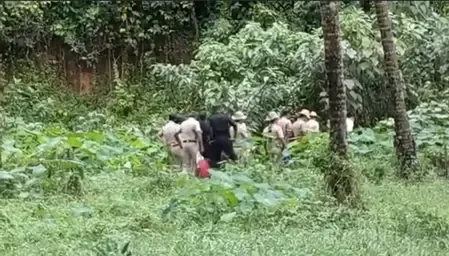
Synopsis
Key Takeaways
- SIT's excavation has revealed human remains.
- Allegations of police misconduct have surfaced.
- The case may involve multiple unreported murders.
- Community members are coming forward as witnesses.
- Calls for a monitored investigation are growing.
Mangaluru, Aug 4 (NationPress) The Special Investigation Team (SIT) has wrapped up the sixth day of excavation at designated burial sites in a Hindu pilgrimage center located in Mangaluru district of Karnataka, according to sources.
Reports indicate that several bones and a skull were unearthed during the excavation.
Shortly after the digging commenced at burial site number 11, an unidentified whistleblower led authorities to an adjacent location.
This new excavation site reportedly resulted in the discovery of various bones and a skull.
By day's end, staff members were seen transporting boxes, buckets, and pipes out of the forest, suggesting that the SIT had indeed found human remains.
The team’s decision to work for extended hours without a lunch break further hinted at significant findings.
Additionally, workers were spotted hauling a sack of salt uphill into the forest, strengthening suspicions that multiple bones had been uncovered.
As of now, no official statement has been released regarding these discoveries.
Authorities are optimistic about completing excavations at all 13 designated burial sites.
However, it remains uncertain if the work at burial site number 11 has reached completion.
This development could signify a pivotal moment in the ongoing investigation.
In a related matter, T. Jayanth, a social activist from Ichilampadi village in Mangaluru district, filed a complaint with the SIT on Monday. He accused a police officer of improperly burying the body of a minor girl.
Jayanth's complaint stated, "In 2002 or 2003, police were informed about the murder of a girl aged between 13 and 15, whose body was left in a forest near state highway number 37. The police officer visited a week later, took a photo, and buried the body in a trench without following any legal procedures or filing a report."
He added, "I witnessed the incident. Out of fear and shock, I remained silent then, but I trust the SIT now and am submitting this complaint. There are others who witnessed it as well, and I can bring them forward if needed."
Following the complaint, the SIT advised Jayanth to register a formal complaint at the relevant police station, assuring that further actions would be determined by the Director General and Inspector General of Police, M.A. Saleem.
Previously, SIT Chief Pronab Mohanty stated that no significant evidence had been found in previously excavated areas.
However, later reports revealed that a red, tattered blouse and a PAN card belonging to a woman named Lakshmi were discovered at the first burial site.
Moreover, the whistleblower allegedly presented a skull—claimed to be from one of the burial sites—to the SIT.
On July 11, a major turn of events occurred when the unidentified complainant, who alleged he was forced to bury the bodies of women and girls who had been raped and murdered in Dharmasthala village, testified in a Mangaluru court.
He requested that the bodies be exhumed in his presence and claimed that the victims showed evident signs of sexual assault.
According to him, the bodies were found unclothed and had injuries indicative of violent sexual abuse.
These shocking revelations have sent waves of alarm throughout Karnataka.
In response to these claims, a retired Supreme Court judge and numerous activists have called for a Supreme Court- or High Court-monitored SIT investigation into the alleged murders in Dharmasthala, which may encompass the deaths of multiple women, girls, and vulnerable men.

